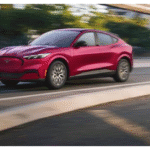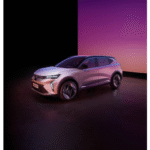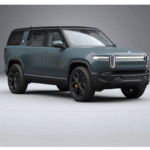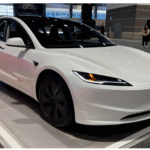Have you ever wondered, “Okay, I’m driving electric… but how far can I go without charging?” It’s a big question—especially for families, road-trippers, or anyone new to electric vehicles (EVs). Let’s break it down simply, with no confusing jargon, and explore:
- What “range” really means
- How far modern electric vehicles go
- What drains that range faster
- Real-world examples
- Tips to maximize mileage
- The psychology—how far we think we can go
- Final takeaways
Let’s hit the road!
1. What “Range” Really Mean
When you hear “300 miles” range, that number comes from official test cycles — like the U.S. EPA (Environmental Protection Agency), Europe’s WLTP (Worldwide Harmonized Light Vehicles Test Procedure), or the older NEDC (New European Driving Cycle) standard. Of these, EPA range tends to match what you’ll experience day-to-day in the U.S. — fast roads, air conditioning running, maybe cold winter mornings. (Sources: AP News, Tom’s Guide, LeasingOption, The Times UK)
So if an electric vehicle is rated at 300 miles EPA, you can usually expect about 240–270 miles of real-world range, depending on driving style and conditions.
2. Today’s EV Ranges: What You Can Get
Everyday Cars (200–400 miles)
- Tesla Model 3 Long Range — ~358 real-world miles
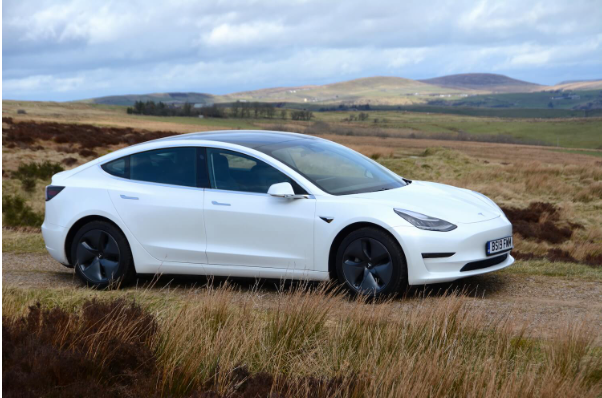
Tesla Model 3 Long Range
Source: https://www.greencarguide.co.uk/car-reviews-and-road-tests/tesla-model-3-long-range-review/
- Hyundai Ioniq 6 — ~342 miles EPA
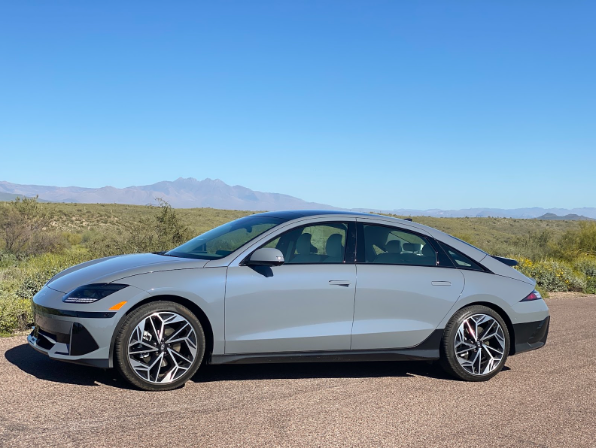
Hyundai Ioniq 6
Source: https://www.greencarreports.com/news/1139238_2023-hyundai-ioniq-6-test-drive-review
- Chevrolet Blazer EV — ~320 miles
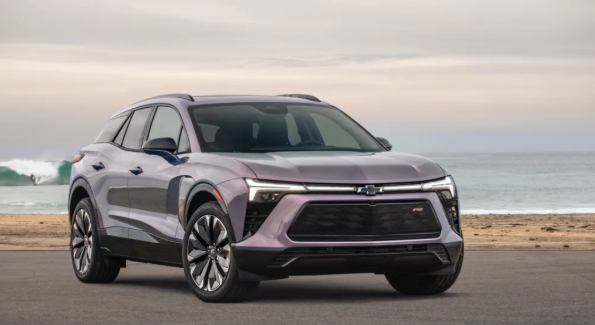
Chevrolet Blazer EV
Source: https://www.twinfalls-chevy.com/how-to-live-with-a-2025-chevrolet-blazer-ev/
Premium & Luxury (400+ miles)
- Lucid Air Grand Touring XR — up to ~520–630 miles EPA/WLTP
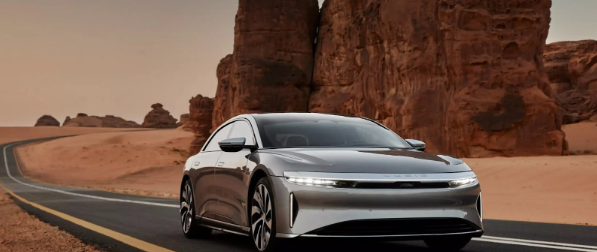
Lucid Air Grand Touring XR
Source: https://lucidmotors.com/en-ca/air-grand-touring
- Mercedes EQS — up to ~481 miles
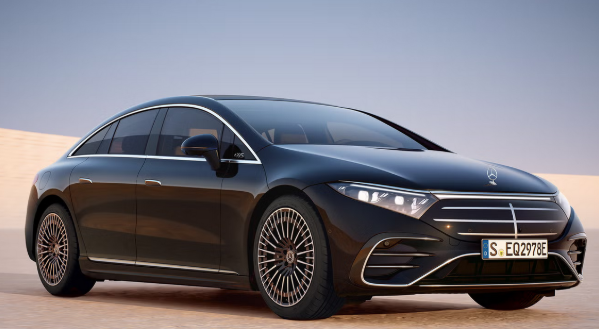
Mercedes EQS
Source: https://www.independent.co.uk/cars/electric-vehicles/mercedesbenz-eqs-review-electric-car-b2611033.html
Trucks & SUVs (300–800 miles)
- Rivian R1T/R1S — ~620–676 miles on a single charge
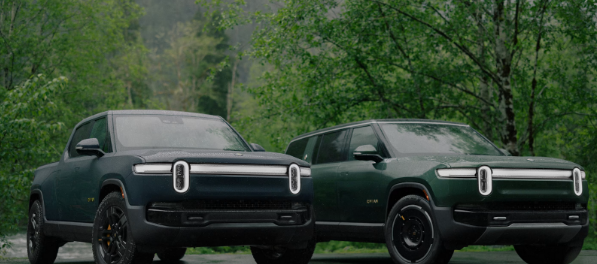
Rivian R1T/R1S
Source: https://rivian.com/en-GB/newsroom/article/rivian-introduces-second-generation-r1s-r1t
- Chevrolet Silverado EV — ~792 miles on big battery versions
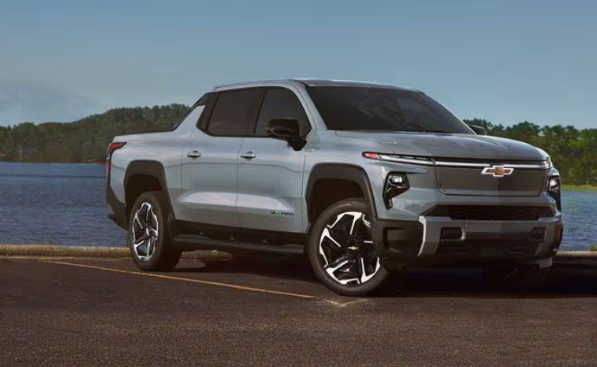
Chevrolet Silverado EV
Source: https://www.edmunds.com/chevrolet/silverado-ev/
In short: Modern top-tier electric vehicles can cover 300–600+ miles in real life, while more affordable or mainstream ones still offer 200–350 miles.
3. What Drains Electric Vehicle Range?
Even top electric vehicles see their range drop in real life. Here’s what drains it most:
- Extreme Weather – Cold tanks battery performance; AC/heating eats a lot of energy.
- Speed & Style – Going fast or taking sharp turns drains more. Consistent highway speeds further cut range.
- Climate Control & Electronics – Lights, screens, seat heaters… they add up. Over 16 km per hour of range may be lost in fancy features.
- Terrain & Wind – Hills and headwinds are battery enemies.
- Weight – More cargo or passengers means more energy used to move the car, which reduces range. However, regenerative braking helps: when you slow down or coast, the electric motors work in reverse to turn the car’s motion back into electricity, sending some power back to the battery. It’s like getting a little “energy refund” every time you brake gently or roll downhill.
- Battery Age – Battery loses ~2.3% capacity per year; after 5 years expect ~90–92% of original capacity.
4. Real-World Test Report
- Skoda Enyaq iV 80 did ~274 miles on a single charge during a test—17% lower than range display, said The Times.
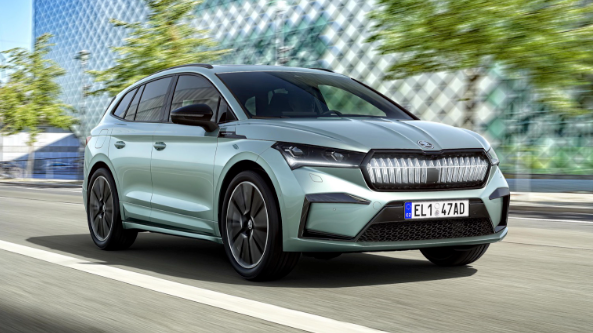
Skoda Enyaq iV 80
Source: https://ev-database.org/car/1280/Skoda-Enyaq-iV-80
- Lucid Air Touring tested by Tom’s Guide hit ~377 miles and 4 mi/kWh—impressive efficiency.
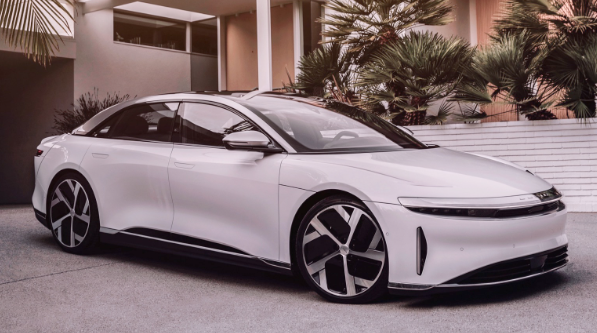
Lucid Air Touring
Source: https://ev-database.org/car/1317/Lucid-Air-Touring
- A Reddit user with a Lucid Air Touring reported: “best road trip was ~220 miles, in winter ~120 miles.”
Expect 10–25% less range than advertised, depending on conditions.
5. How to Drive Farther: Smart Tips
- Use Eco Mode – It smooths power delivery and can add ~10–15 miles.
- Precondition while plugged in – Heat or cool the cabin before unplugging. You’ll save a lot of energy during the trip.
- Keep tires right – Correct tire pressure cuts drag and boosts range.
- Drive smooth & steady – Avoid sudden acceleration/braking. Coasting and regen braking help.
- Avoid extremes – Aim for 50–70 °F when possible; colder or hotter temps drain more.
6. Range Anxiety: Why It Matters
Range anxiety means worrying if you’ll make it before the charge runs out. Studies show both distance and wait time cause stress.
But with 300+ miles on a charge, most people’s daily driving is covered. And today, every 50 miles usually has chargers along the highway.
7. Extreme Range Electric Vehicles: Pushing the Limits
- Mercedes Vision EQXX recently hit 621 miles on a single charge in demo miles.
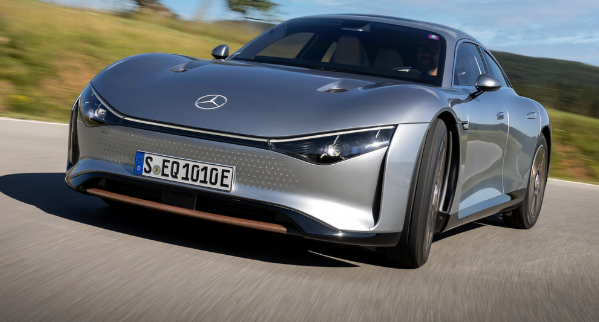
Mercedes Vision EQXX
Source: https://www.motortrend.com/reviews/mercedes-benz-vision-eqxx-concept-first-drive-review
- IM L6 (China) is aiming for 822 miles in long-range trim.
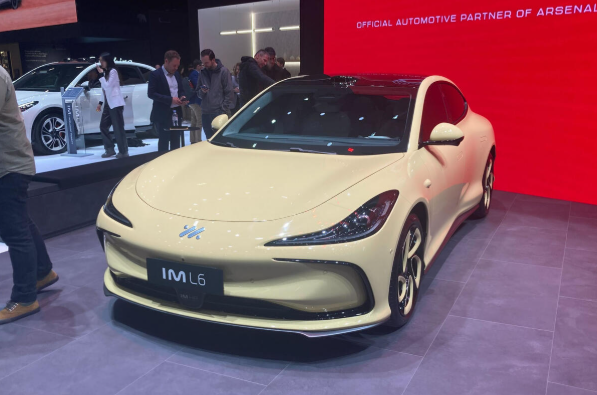
IM L6
Source: https://www.autocar.co.uk/car-news/new-cars/new-im-l6-chinese-tesla-model-3-rival-500-mile-range
- Nio ET7 has a WLTP range of 705 miles and is experimenting with a 1,050 miles battery.
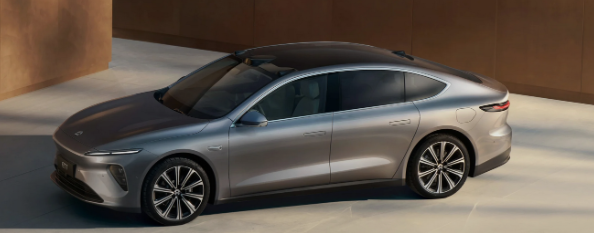
Nio ET7
Source: https://www.nio.com/et7
These are prototypes or exclusive models—but they show a future where 600–1,000 miles per charge is possible!
8. Summary Table: Electric Vehicle Range Overview
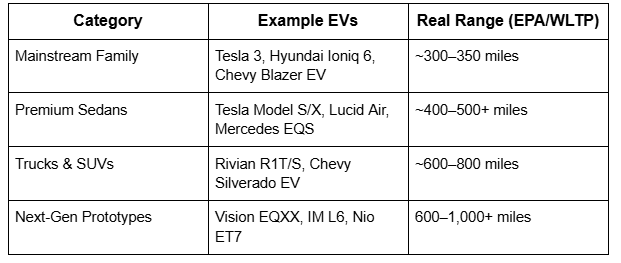
Final Takeaways: How Far Can You Go?
- Daily driving? Most electric vehicles cover it easily.
- Weekend trips? 300–400 miles range is ideal; fast charging makes it easy.
- Long road trips? Top-end electric vehicles (Lucid, EQS, Silverado) let you go 600+ with minimal stops.
- New tech indicates 1,000-mile ranges might be possible soon.
Bottom line: Electric cars can go far enough today for most people—and that distance keeps growing.


